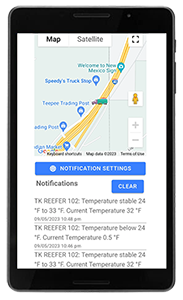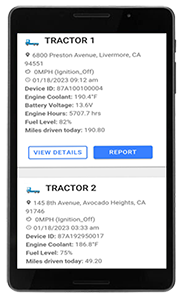A Comprehensive Guide to Commercial Driver Hours Regulations
Navigating the Road: A Comprehensive Guide to Commercial Driver Hours Regulations
In the intricate world of commercial trucking, the safety and well-being of drivers are paramount. Understanding and adhering to Commercial Driver Hours regulations is not just a legal requirement but a crucial step toward ensuring road safety. This article aims to provide a comprehensive guide to these regulations, shedding light on their significance and impact on the trucking industry.
Overview of Commercial Driver Hours Regulations:
- Maximum Driving Hours:
- Commercial drivers are subject to strict limitations on the number of hours they can spend behind the wheel. Adhering to these limits is essential to prevent driver fatigue and enhance overall road safety.
- Rest Breaks and Off-Duty Periods:
- Regulations mandate specific rest breaks and off-duty periods to ensure that drivers have adequate time for rest and recovery, promoting alertness during driving hours.
- Weekly and Daily Limits:
- Commercial Driver Hours regulations impose weekly and daily limits on driving hours, preventing extended periods of continuous operation to mitigate the risk of fatigue-related incidents.
Enforcement and Compliance:
- Electronic Logging Devices (ELDs):
- The implementation of ELDs is a key component of ensuring compliance with Commercial Driver Hours regulations. These devices accurately record a driver’s hours of service, replacing traditional paper logbooks.
- Penalties for Non-Compliance:
- Non-compliance with Commercial Driver Hours regulations can result in severe penalties, affecting both drivers and trucking companies. It is crucial to prioritize adherence to these regulations to avoid legal consequences.
Impact on Safety and Well-being:
- Preventing Driver Fatigue:
- The primary goal of Commercial Driver Hours regulations is to prevent driver fatigue, a leading factor in accidents. By enforcing rest breaks and driving hour limits, these regulations contribute to safer roads.
- Protecting Drivers’ Health:
- Adequate rest and compliance with regulations contribute to the overall health and well-being of commercial drivers, ensuring they are fit for the demanding nature of their profession.
Educational Resources and Support:
- Training and Awareness Programs:
- Trucking companies can play a crucial role in promoting compliance by providing comprehensive training on Commercial Driver Hours regulations and the use of ELDs.
- Industry Support and Advocacy:
- Collaborative efforts within the trucking industry and support from advocacy groups contribute to creating a safer environment for commercial drivers through adherence to these regulations.
Commercial Driver Hours regulations are a cornerstone of promoting safety on the roads and safeguarding the health of commercial drivers. Trucking companies, drivers, and regulatory bodies must work collaboratively to ensure compliance, leveraging technological advancements like ELDs to streamline the process. By prioritizing adherence to these regulations, the industry takes a significant step toward fostering a culture of safety and responsibility on our highways.





